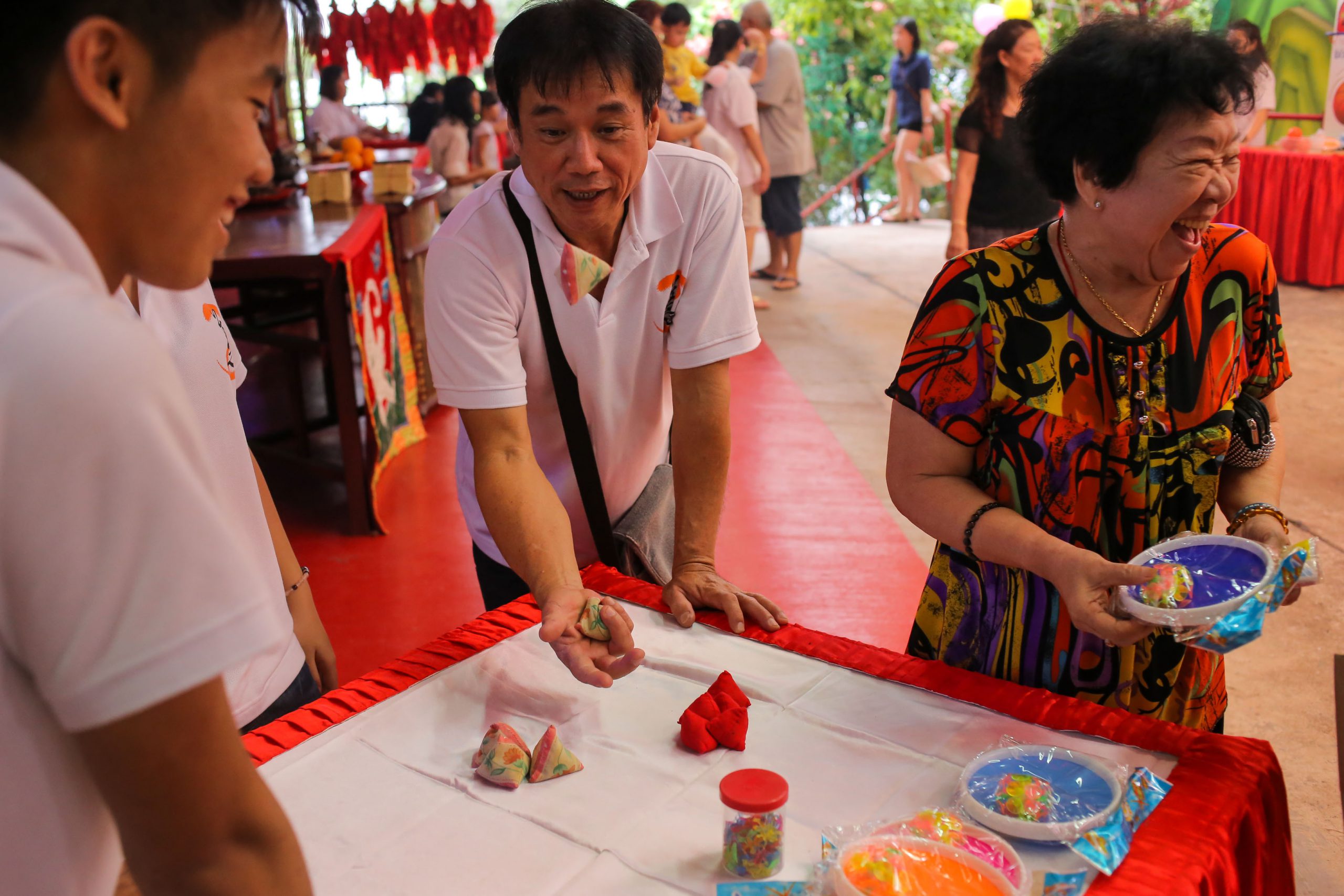Building Chinese Diaspora Resilience and Sustaining Traditional Identities through Promotion of Hokkien Language
March 11, 2024
Led by Professor Kenneth Dean (NUS Chinese Studies), ‘Building Chinese Diaspora Resilience and Sustaining Traditional Identities through Promotion of Hokkien Language’, a US Federal Grant-funded project (via the US Embassies of Singapore and Malaysia), investigates the role of the Southern Min dialect, also referred to as Hokkien or Minnan, within the transformation of Chinese Voluntary Associations (CVAs) in contemporary Singapore and Malaysia. Southern Min is divided into Quan-Zhang and Chaozhou (Teochew) subsets. Today, almost 50 million people speak some version of Southern Min in Fujian, the Chaozhou area of northeast Guangdong, in Taiwan, and across Southeast Asia.
CVAs are community-organized groups based on different affiliations such as hometown, languages, surname, religion, and other organizing principles in migrant societies. Along with Chinese schools and media, CVAs have been coined as one of the ‘three pillars’ of Chinese societies that played pivotal roles during the 19th and early 20th centuries, when Chinese diasporic communities were growing and negotiating their position in the social landscape of colonial and post-colonial Southeast Asia. This project examines how CVAs utilise the Southern Min dialect to reconstruct themselves and create new processes of transnationalisation and localisation, amidst the shifting dynamics in domestic environments and changing China-Southeast Asia relationships as China continues to rise as a global superpower.
In Singapore, the Quan-Zhang Southern Min speaking community, known locally as the Hokkiens, takes up a substantial percentage of the overall Singaporean population, with over one million speakers. The Hokkien Regional Associations and linked temples make up a significant proportion of the overall number of CVAs in both Singapore and Malaysia, and serve as the primary site where the dialect is used. Presently, huiguans (regional and clan associations) of Singapore and Malaysia are undergoing transfer of membership and leadership to younger generations, who embody different connections and attitudes towards China, the Minnan dialect, and Mandarin Chinese. Many of these huiguans are in the midst of looking for novel modes of community revival and are developing cultural strategies to respond to the call for Chinese-speaking identities in the negotiation of Chineseness locally and transnationally. This project thus explores the current state of Hokkien Minnan dialect usage and the teaching of dialect in several Hokkien/Minnan regional associations in Singapore and Malaysia. It additionally examines the successes and limitations of the introduction of Taiwanese Minnan into the primary school curriculum in Taiwan to learn valuable insights that will be useful in developing teaching materials for Hokkien.
This project, which runs from 2023 to 2024, employs the lens of Minnan language usage and teaching to provide an updated investigation of CVAs in the context of China’s emergence and shifting China-Southeast Asia relationships. It will make key contributions to the scholarships on Minnan dialect and Hokkien language within Singapore and Malaysia through a series of steps. First, the team will use its research findings on the current status of Hokkien language in CVAs and other cultural institutions in Singapore and Malaysia to run two international workshops that bring together leading scholars on Hokkien language and teaching methods to produce a detailed report on the best practices in teaching Hokkien. Next, it will hold six public Master Classes, three each in Singapore and Malaysia, to bring the research results to the attention of local stakeholders. In addition, a downloadable report and Master Class teaching materials will be published to make the learning of Hokkien language more accessible. Finally, the project plans to work closely with the US Embassies in Singapore and Malaysia to develop Hokkien teaching materials for different sub-dialect communities.

